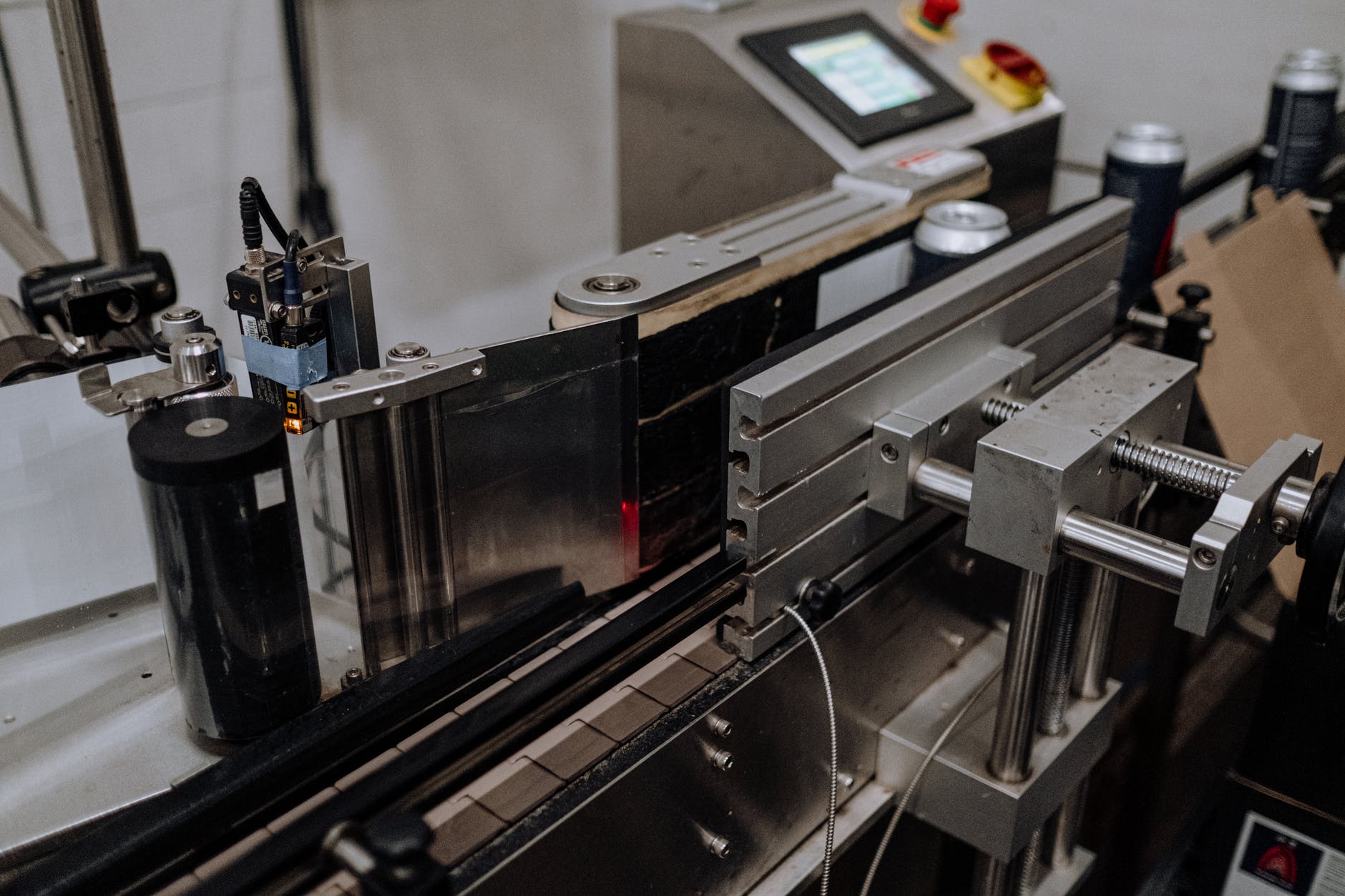Manufacturing cycle efficiency- MCE aims to measure the efficiency of the production function. As we understand, higher production time leads to higher costs of manufacturing and vice versa. So, businesses need to measure and control the Time of production to control the cost and enhance profitability. MCE is directed to control efficiency/time of production and gain profitability.
In simple words, MCE helps assess Time consumed on value-adding services in a total production time. If the Time of value-adding services is higher, it leads to efficient production, less cost, and a higher profit for the business and vice versa.
The calculation of MCE requires separation of Time for the performance of value-adding services and a complete time for the production process. The Time for the performance of the value-adding service is divided by the time required for the complete production to calculate MCE.
The Time of complete production includes queue time, inspection time, cycle time, and the Time required in aggregate. This analysis results in obtaining efficient and inefficient Time of production. So, strategies can be formulated to enhance efficient Time.
Manufacturing cycle time
Manufacturing cycle time is the time a business takes from the beginning to make a product to the Time the product is shipped to the customers. It includes process time, move time, inspection time, and queue time for the manufacturing process.
The processing time is the Time incurred in the process to make the product, and it’s about converting raw material to finished goods. The production losses can be controlled in terms of direct material usage and direct labor usage.
Move Time – It’s about the transportation of the material and finished goods. Shifting production and supplies facilities can reduce the time and enhance the efficiency of the operations.
Inspection time – Inspection time is about quality checks and testing of the finished goods.
Queue time – It’s the Time that raw material remains in line before entering the manufacturing process. A low quantity of the goods in the queue time leads to effective inventory management and cost control.
Manufacturing cycle efficiency formula
MCE = Time for value addition in the process / Total time for the manufacturing
If the value-added time is greater, the manufacturing efficiency is better and vice versa.
How to calculate manufacturing cycle efficiency?
Manufacturing cycle efficiency is calculated by adding move time, inspection time, and queue time, then dividing by the total production time.
Example of the manufacturing cycle
Suppose ABC plc has the following schedule to run their production process.
| 5 minute process time | +5 minute |
| 1 minute move time | +1 minute |
| 1 minute inspection time | +1 minute |
| 10 minute queue time | +10 minutes |
| Total Time for manufacturing cycle | 17 minutes |
The total time required for the production is 17 minutes. However, as per break-up, queue time seems to be excessive and needs to be controlled. So, if the business successfully controls queue time, it’s expected to control the cost and enhance profitability.
Manufacturing efficiency ratio
This ratio aims to analyze the efficiency of the business operations, and it compares the Time spent on value-adding activities with the Total Time of production. The value for this ratio can be calculated with the following formula.
Manufacturing efficiency ratio = Time spent on value-adding service / Total Time of production
If the ratio calculated is higher in value, the business is considered efficient and vice versa.
Manufacturing efficiency ratio example
Suppose ABC limited has a value-adding Time of production for 20 minutes and a total production time of 40 minutes. The manufacturing efficiency ratio can be computed as follows.
Manufacturing efficiency ratio = Time spent on value-adding service / Total Time of production
Manufacturing efficiency ratio = 20 minutes/ 40 minutes
Manufacturing efficiency ratio = 50%
So, the MER calculation shows that the process is 50% efficient.
Conclusion
Manufacturing efficiency aims to measure the efficiency of the production function. If business production is efficient, it leads to higher efficiency and vice versa. Overall, measurement and monitoring of the manufacturing process help analyze and control the cost associated with the production.
So, if the business successfully speeds up the production, it leads to enhanced revenue and profit.
Read full blog
